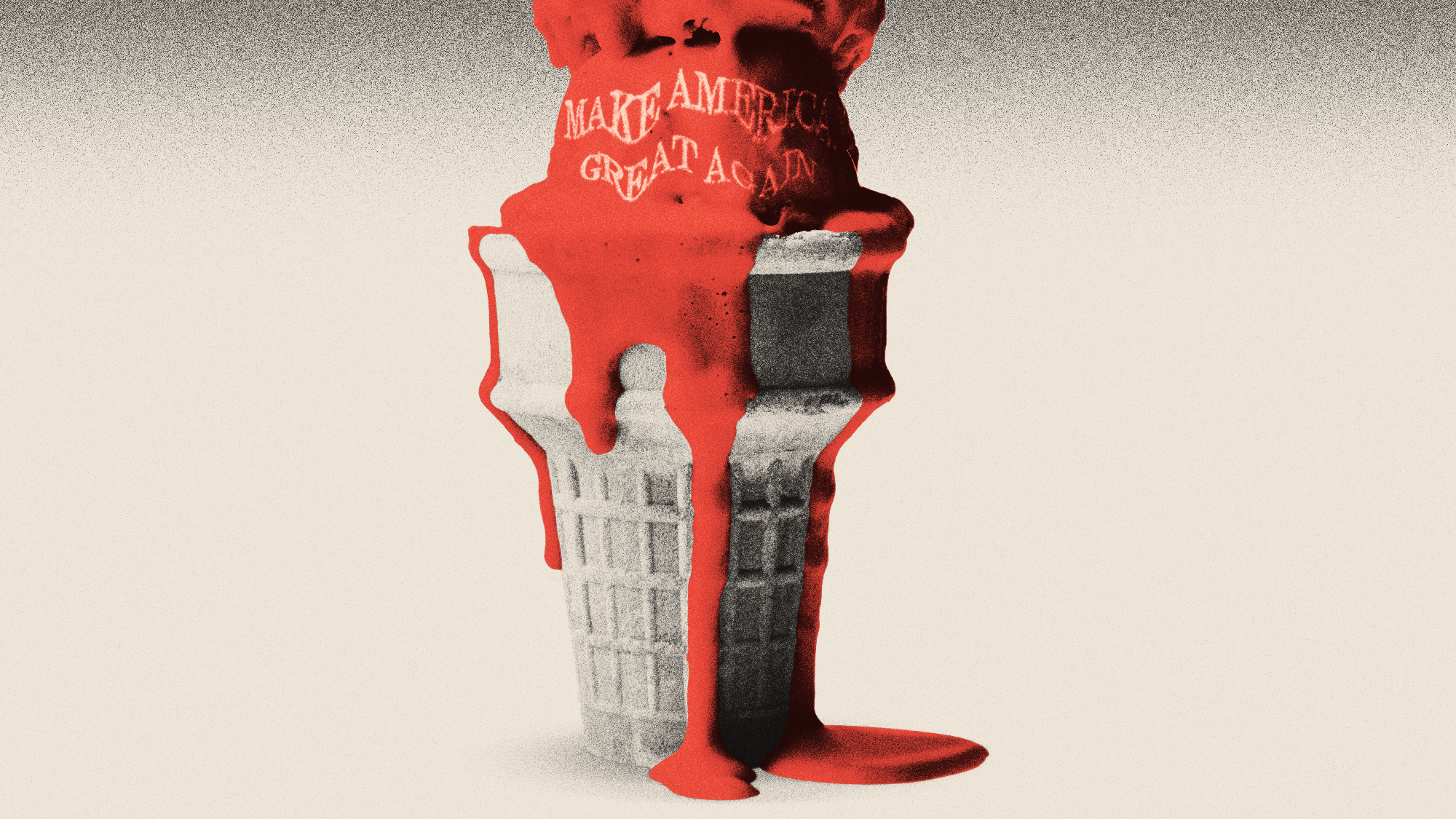Wildfires: Why the Hotshots died
In the nation’s worst wildfire tragedy since 1933, 19 young men died while trying to put out a fire near Prescott, Arizona.
As the Granite Mountain Hotshots hiked deep into the burning forest near Prescott, Ariz., last week, firefighter Andrew Ashcraft texted his wife. “This is pretty wild,” Ashcraft typed. “I would love some rain over here.” It was the last she ever heard from him, said Fernanda Santos and Jack Healy in The New York Times. Dangerous, 50-mph winds suddenly swept the blaze in a different direction, and the Hotshots—elite wilderness firefighters trained to work and stay safe in the harshest of conditions—had to drop to the ground and seek protection inside their tent-like emergency shelters. After the raging fire swept over them, all 19 were found dead—the nation’s worst wildfire tragedy since 1933. Now investigators will try to answer the question: Why did these 19 brave young men die?
Blame a confluence of factors, said the Palm Springs, Calif., Desert Sun.“Hotter, drier summers” and prolonged drought in the Southwest have made natural wildfires more common—and increasingly ferocious. Today, wildfires burn double the amount of acreage every year compared with 40 years ago. By putting out even small fires to save homes built in wilderness areas, firefighters actually make the problem worse. “Without regular smaller fires, fuel builds up and fires become more catastrophic.” But the main culprit is climate change, said Richard Schiffman in TheAtlantic.com. In Arizona, Colorado, and New Mexico, temperatures now soar past 100 degrees for weeks at a time, with no rain. Climatologists warn that brutal heat and prolonged drought will persist and worsen in coming decades. “The future for the Southwest’s forests looks dim.”
Then why are people still building homes there? said Timothy Egan in NYTimes.com. Almost 40 percent of new houses in the West are built in the middle of fire country, amid the chaparral and piñon pine of the plateaus or pine forests of higher elevations. You can’t blame people for wanting to live in these gorgeous, remote places. But it’s simply wrong to send men like the Hotshots to die to save wealthy people’s “summer homes and year-round retreats.” Insurance companies should stop paying to rebuild such homes, and the government should stop sending men like the Hotshots to defend them, said Crystal A. Kolden in The Washington Post. Those who disagree will have to explain to the loved ones of fallen firefighters “why we thought our houses were more important than their lives.”
The Week
Escape your echo chamber. Get the facts behind the news, plus analysis from multiple perspectives.

Sign up for The Week's Free Newsletters
From our morning news briefing to a weekly Good News Newsletter, get the best of The Week delivered directly to your inbox.
From our morning news briefing to a weekly Good News Newsletter, get the best of The Week delivered directly to your inbox.
A free daily email with the biggest news stories of the day – and the best features from TheWeek.com
-
 Metaverse: Zuckerberg quits his virtual obsession
Metaverse: Zuckerberg quits his virtual obsessionFeature The tech mogul’s vision for virtual worlds inhabited by millions of users was clearly a flop
-
 Frank Gehry: the architect who made buildings flow like water
Frank Gehry: the architect who made buildings flow like waterFeature The revered building master died at the age of 96
-
 Is MAGA melting down?
Is MAGA melting down?Today's Big Question Candace Owens, Tucker Carlson, Laura Loomer and more are feuding